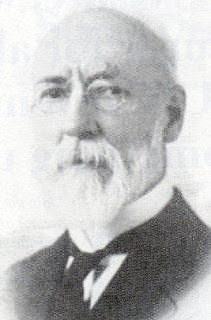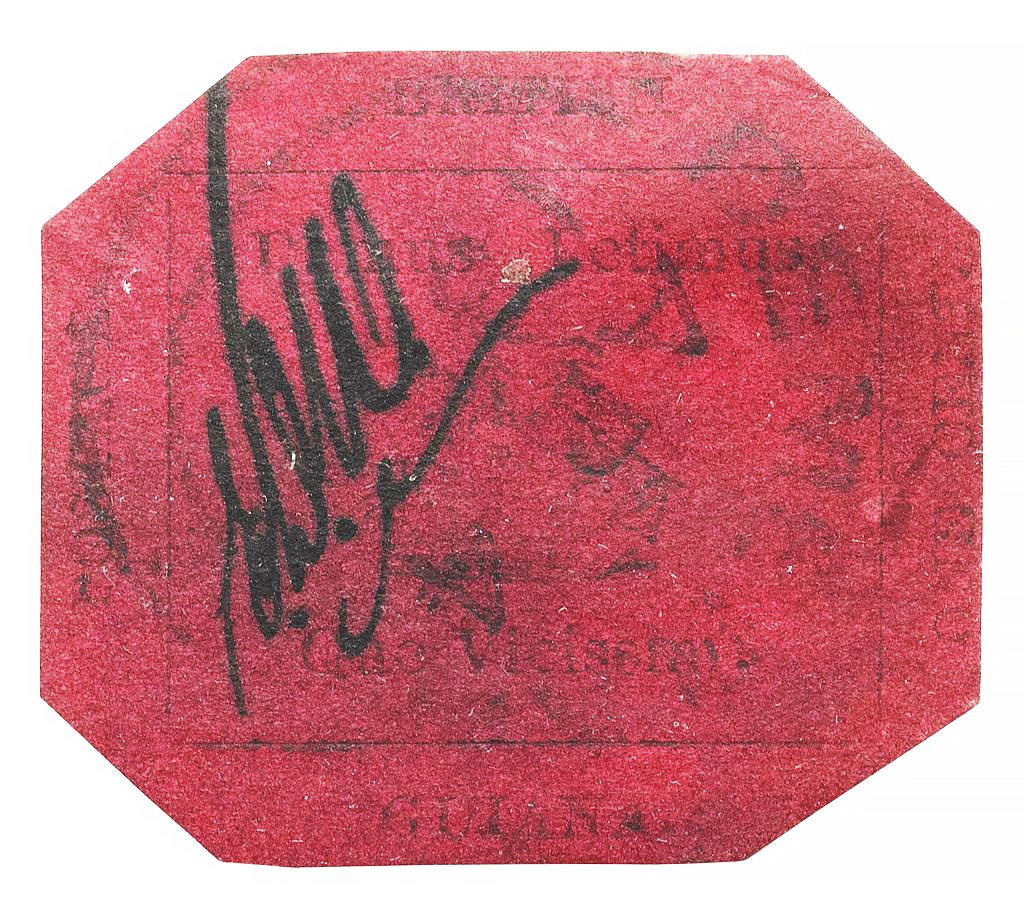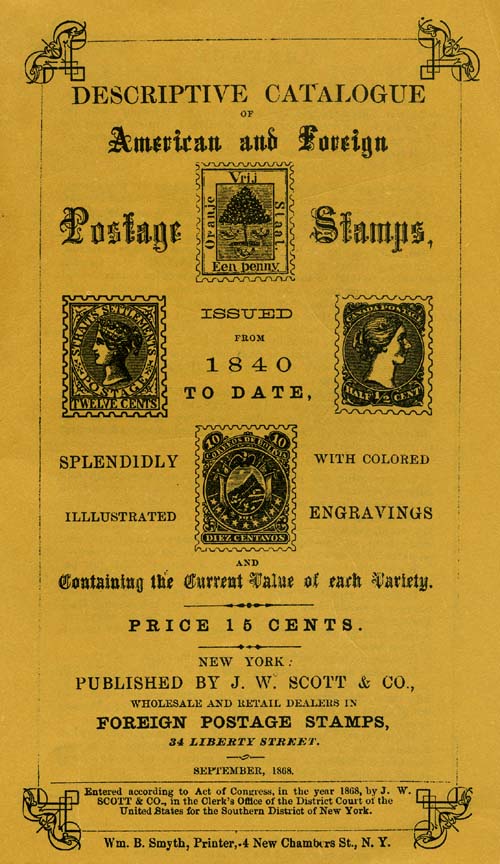Stamp Auctions: The Beginning
Views : 4068

The famous John Walter Scott – one of the pioneers in philately.
With the advent of the 20th century, England and the United States began to conduct regular stamp sales, which attracted many guests and visitors. In Germany, the first event was held by a company called Heinrich Köhler in the second decade of the 20th century. At present, this name is familiar to anyone interested in stamp collecting since this is one of the largest auction houses in the world. In the period from 1921 to 1926, many notable auctions were held, including sales during which Ferrari’s lots were offered. At that time, the famous British Guiana was also sold for a huge amount of money, which became a sensation in the world of philately.

The British Guiana stamp is known to any philatelist in the world.
After World War II, events began to evolve even more actively and interest in stamp auctions has increased significantly. From this point on, auctions were held by specialized firms, of which there are more than 100 organizations in Europe alone (such as Stanley Gibbons, H. R. Harmer, David Feldman auction house, and so on).
At the moment, the turnover rate of these firms equals millions of US dollars, and the majority of famous philatelic rarities go through them. Before each such event, a catalog is issued, which is usually a voluminous document with a description of all the lots presented and with photos of the most exciting items. Depending on the capabilities of the company, the catalog may look like a luxury folio or simply like a modest brochure. Catalogs are of particular interest for experienced philatelists since often enough one can learn about the existence of certain philatelic materials from those.

The first auction catalog ever issued.
The image above shows an early auction catalog published by J. W. Scott & Co. As stated earlier, the first auction, dedicated solely to stamp sales, was held in Paris. It is curious that France, Germany, USA, and England were the main players in the market for many years, but today there are many excellent stamp auctions organized in Geneva, Sydney, Singapore, and Hong Kong, as well as international online auctions that are held regularly. Thus, it can be concluded that stamp auctions have quite a rich history with its important milestones, and they continue gaining greater popularity and attracting more and more dedicated participants every year.